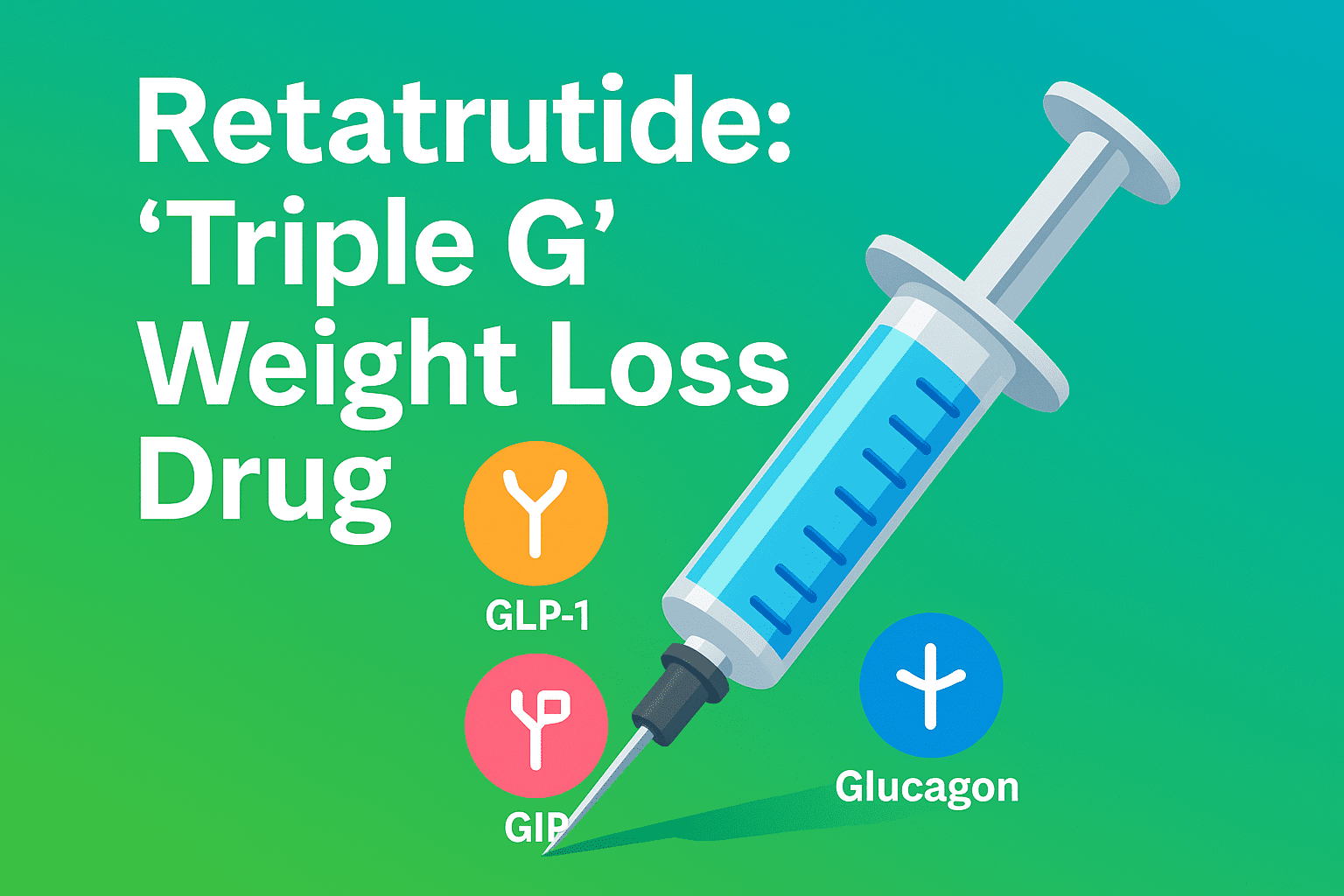Once affectionately dubbed the “badge of prosperity”, the Indian pot belly has been a staple in our collective imagination — the lovable uncle at weddings, the successful trader with a full plate, the symbol of a life well-fed. In Bollywood comedies, cartoons, and even in cultural idioms, the protruding paunch was never questioned — it was celebrated. But what was once laughed off is now a growing health catastrophe.
🚨 From Laughter to Alarm: A Nation at Risk
India, the land of Ayurveda and yoga, ironically ranked second in the world in 2021 for the number of overweight or obese adults. According to recent findings from The Lancet, that number — 180 million — could surge to 450 million by 2050. That’s nearly 1 in 3 Indians living with excessive weight. Even more alarming? The issue isn’t just with adults anymore. Globally, a third of all children and adolescents are predicted to be overweight or obese in the coming decades — and India is not exempt.
🍛 The Belly Behind the Stats
What’s fueling this epidemic? It’s not just what we eat, but how we live. India’s urban boom has brought with it endless fast-food chains, sedentary desk jobs, late-night screen binges, and a serious lack of physical activity.
Cultural norms don’t help. In many households, plump children are still seen as “healthy.” Middle-aged men take pride in their “family pack” rather than a six-pack. Add to that the marketing of unhealthy packaged foods even in rural areas — and we’ve got a recipe for disaster.
🧘♀️ The Irony of a Wellness Nation
It’s paradoxical that a country with a 5,000-year-old tradition of wellness is battling such a crisis. Yoga, sattvic diets, mindful eating — all originated here. But modern convenience is beating traditional wisdom. Even among the educated, awareness doesn’t always translate to action.
What’s worse? Shame and stigma are rising. Many silently struggle with their weight, internalizing guilt and turning to extreme or unsustainable solutions like crash diets, unregulated fat burners, or even shady “weight-loss clinics” promising magical results.
💥 The Ticking Time Bomb: Health Implications
Obesity isn’t just about how you look — it’s a gateway to multiple chronic illnesses:
- Type 2 Diabetes
- Hypertension
- Cardiovascular diseases
- Fatty liver
- Hormonal imbalances
- Increased risk of certain cancers
In women, obesity can also severely impact fertility and menstrual health, while in children, it sets them up for a lifetime of metabolic issues.
🛡️ What Needs to Change?
✅ Policy push: Government health programs must go beyond awareness and push for real changes — like taxing sugar-laden drinks, regulating junk food ads, and encouraging physical education in schools.
✅ Cultural rebranding: We need to stop romanticizing the belly and start valuing fitness at every age. Being overweight is not a status symbol — it’s a health hazard.
✅ Community action: Urban layouts must allow for walkable spaces, public parks, and open gyms. Small-town India needs nutritional education, not just access to supermarkets.
✅ Real role models: We need more visible stories of transformation — people who lost weight naturally, through lifestyle changes and determination. Let’s stop worshipping celebrity crash diets and start showcasing everyday heroes.
📣 Final Thoughts: Reclaiming Our Health, One Belly at a Time
The Indian pot belly doesn’t have to be a death sentence — it can be a starting point for transformation. It’s time we let go of nostalgia, address the elephant in the room (or in the gut), and take active steps toward a healthier nation.
Let the new badge of honor be strength, stamina, and self-care — not the size of our waistline.



